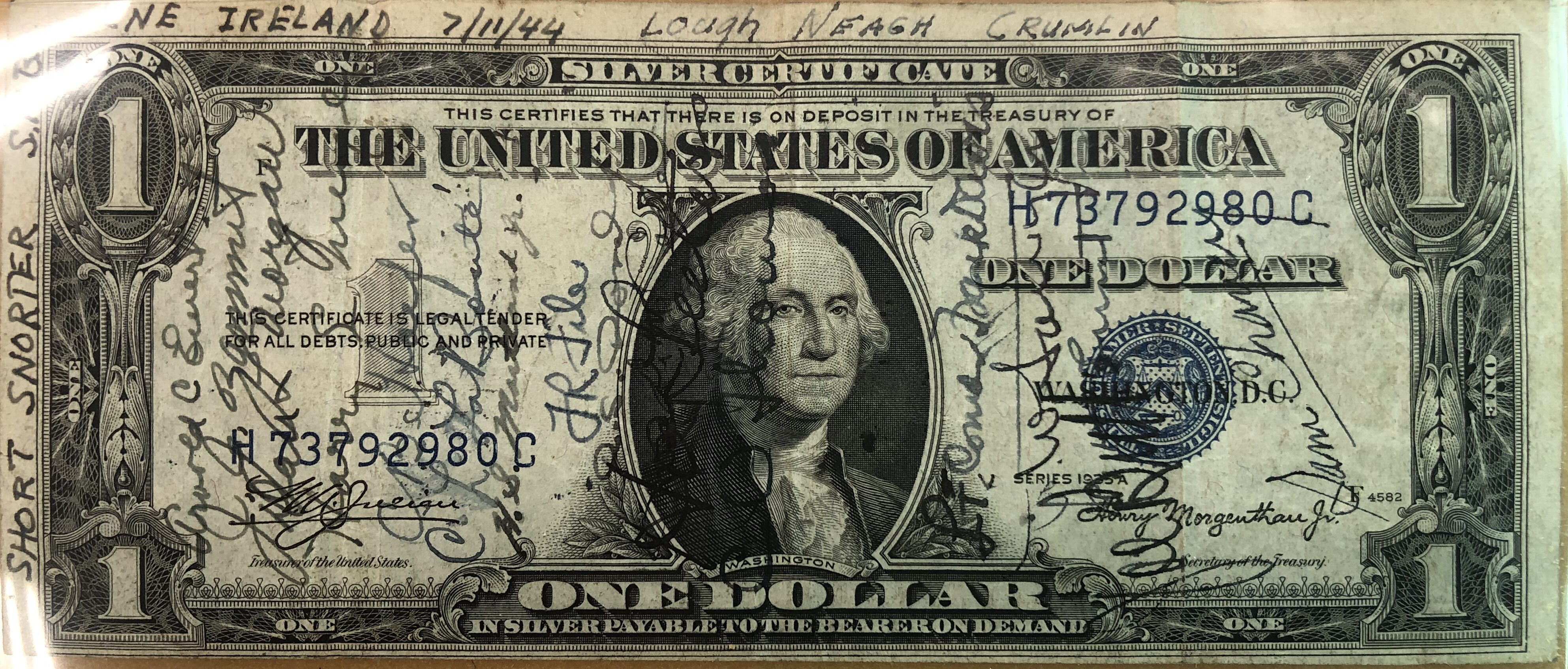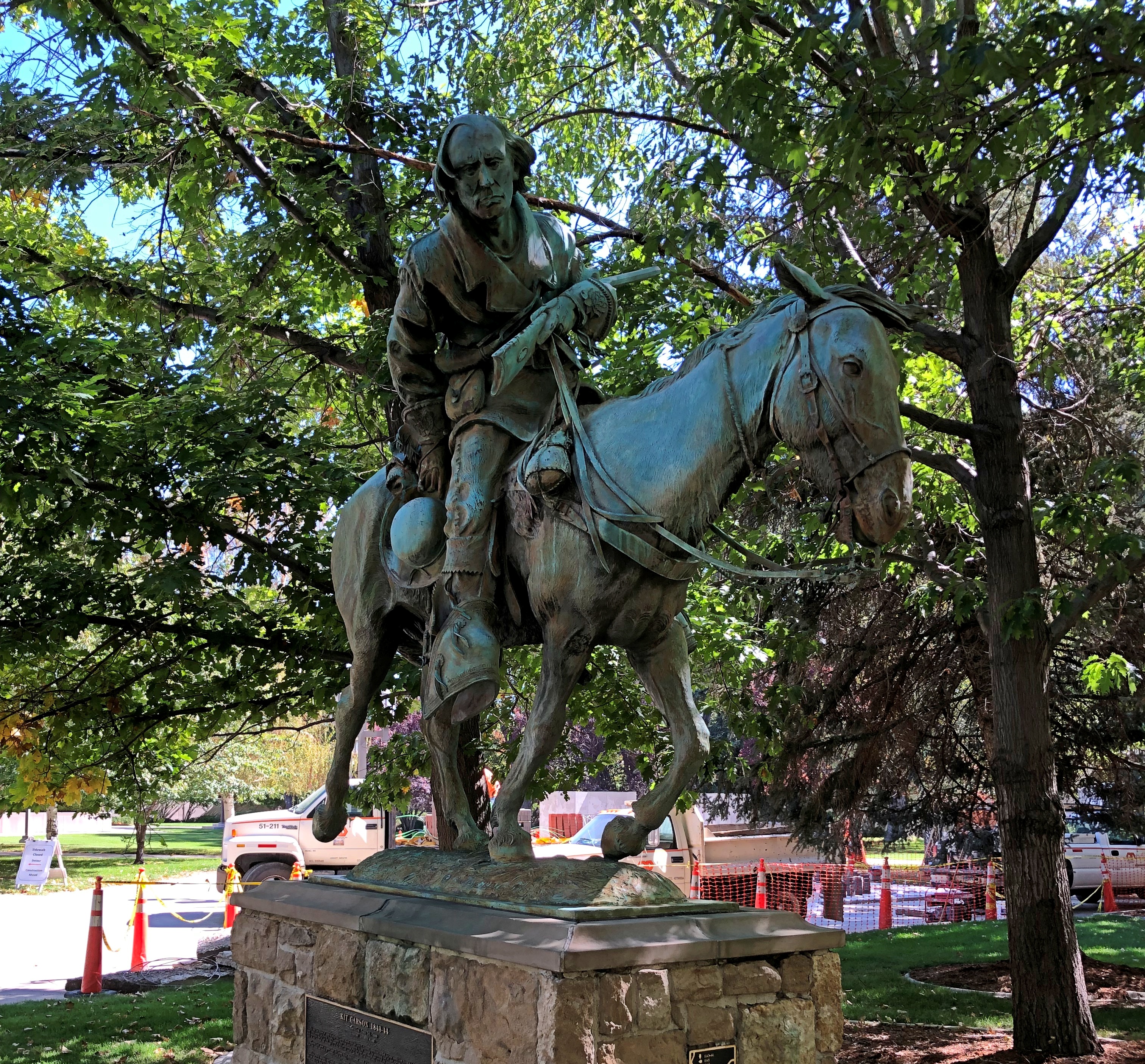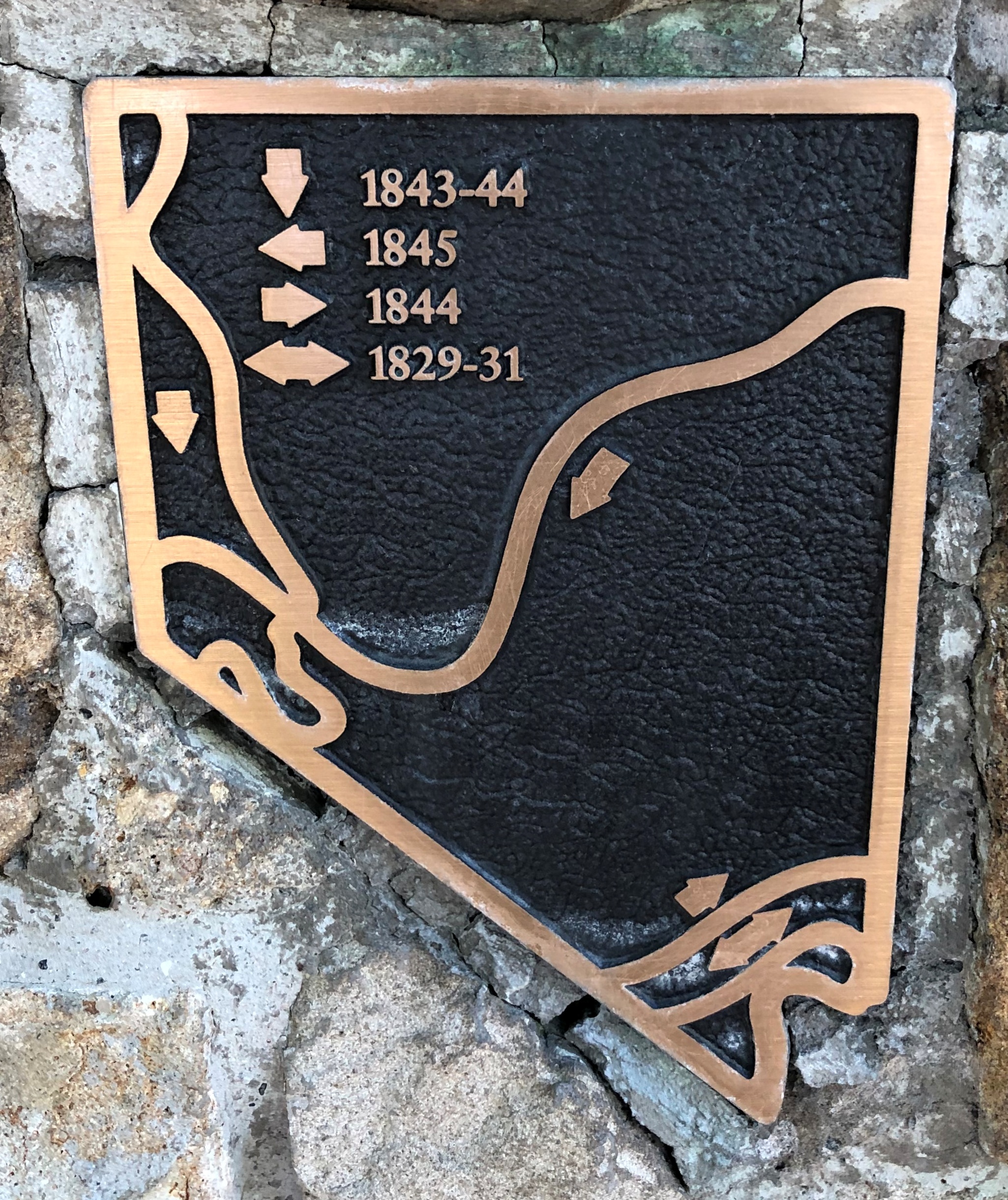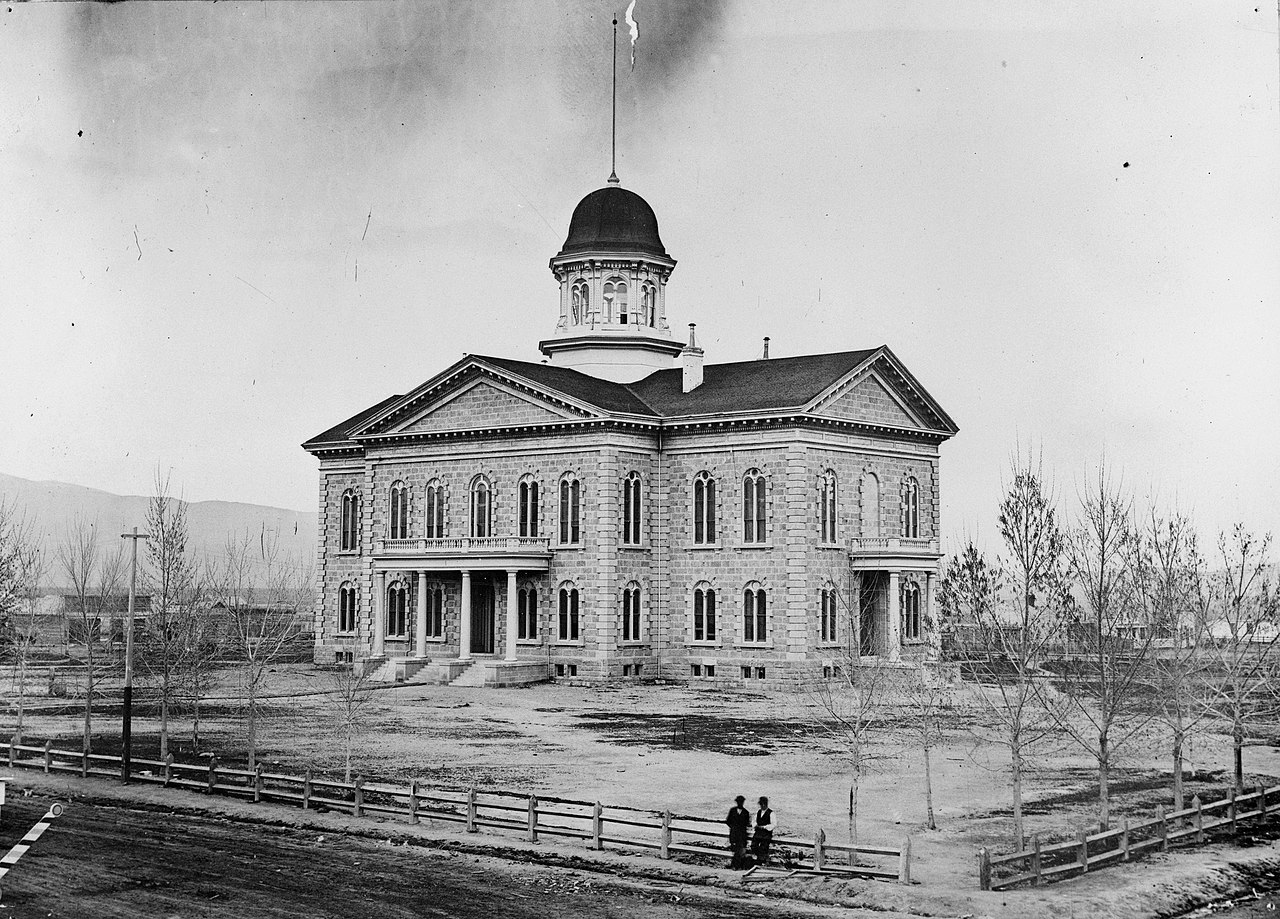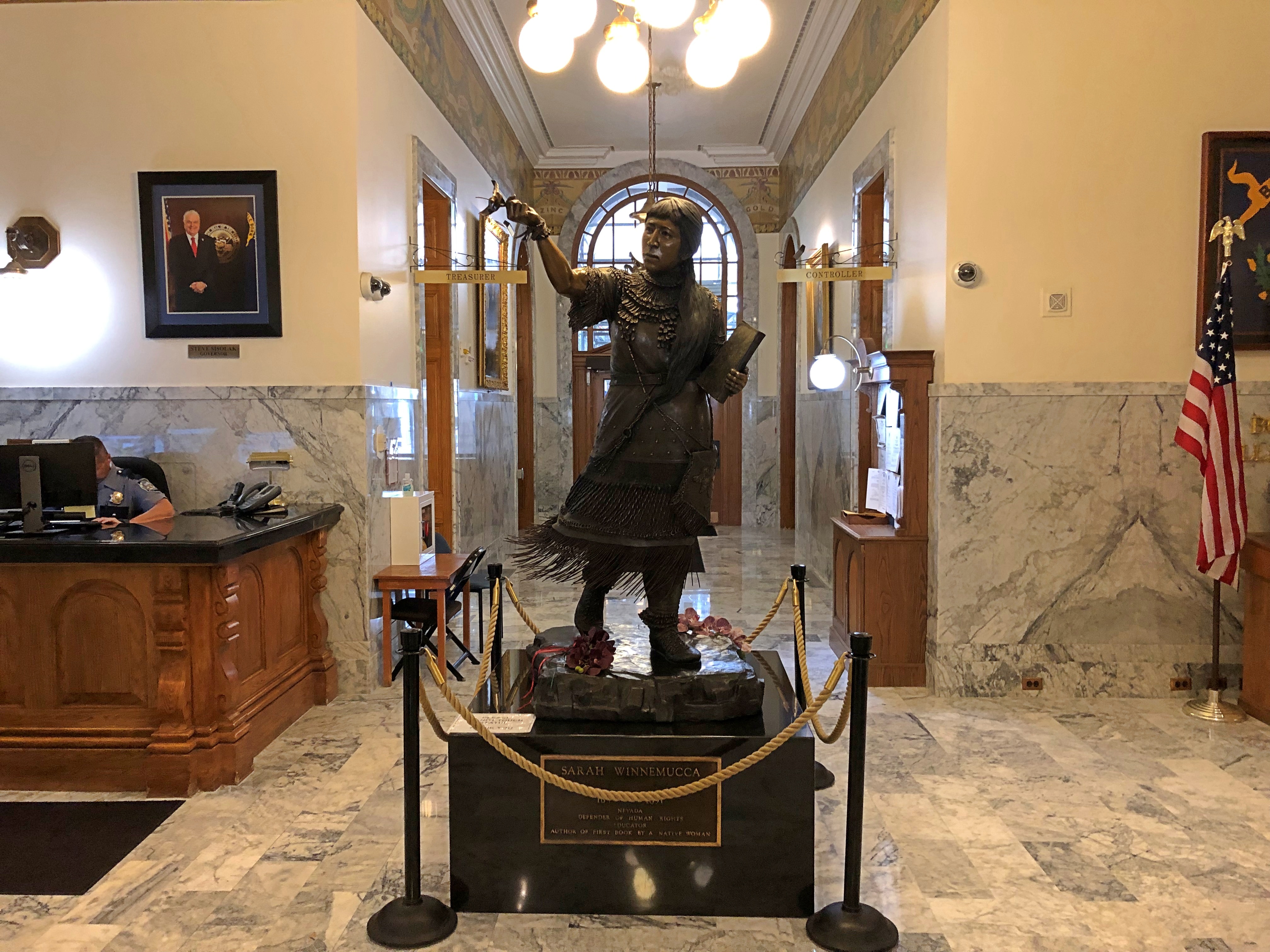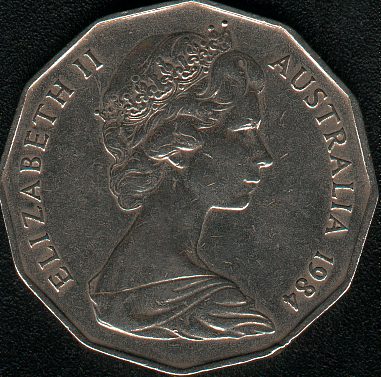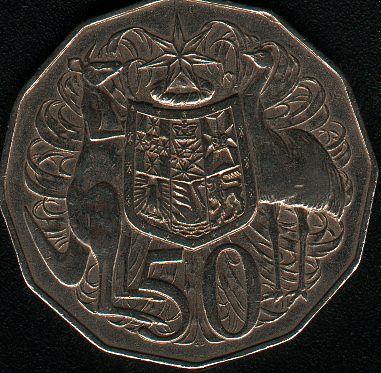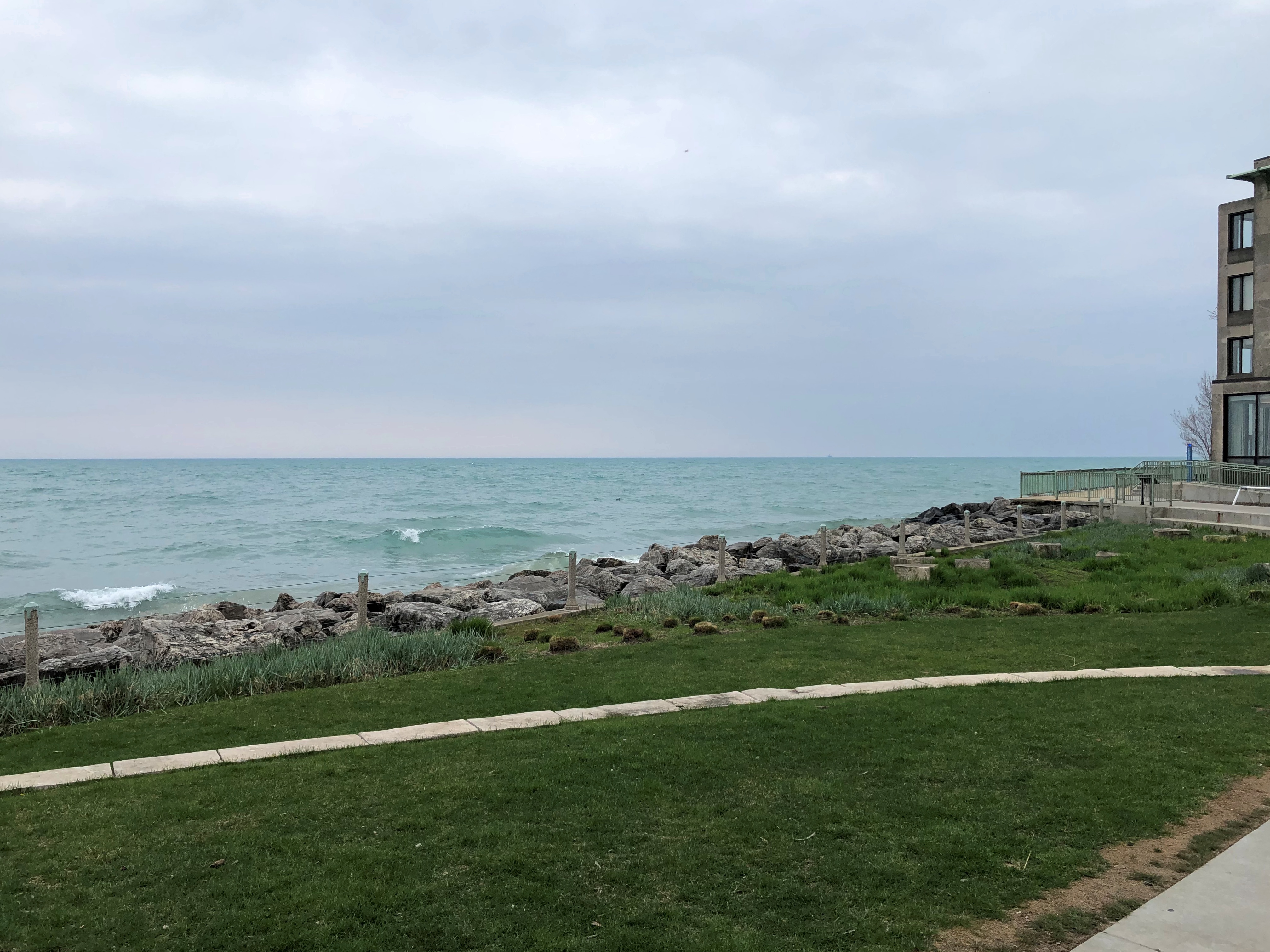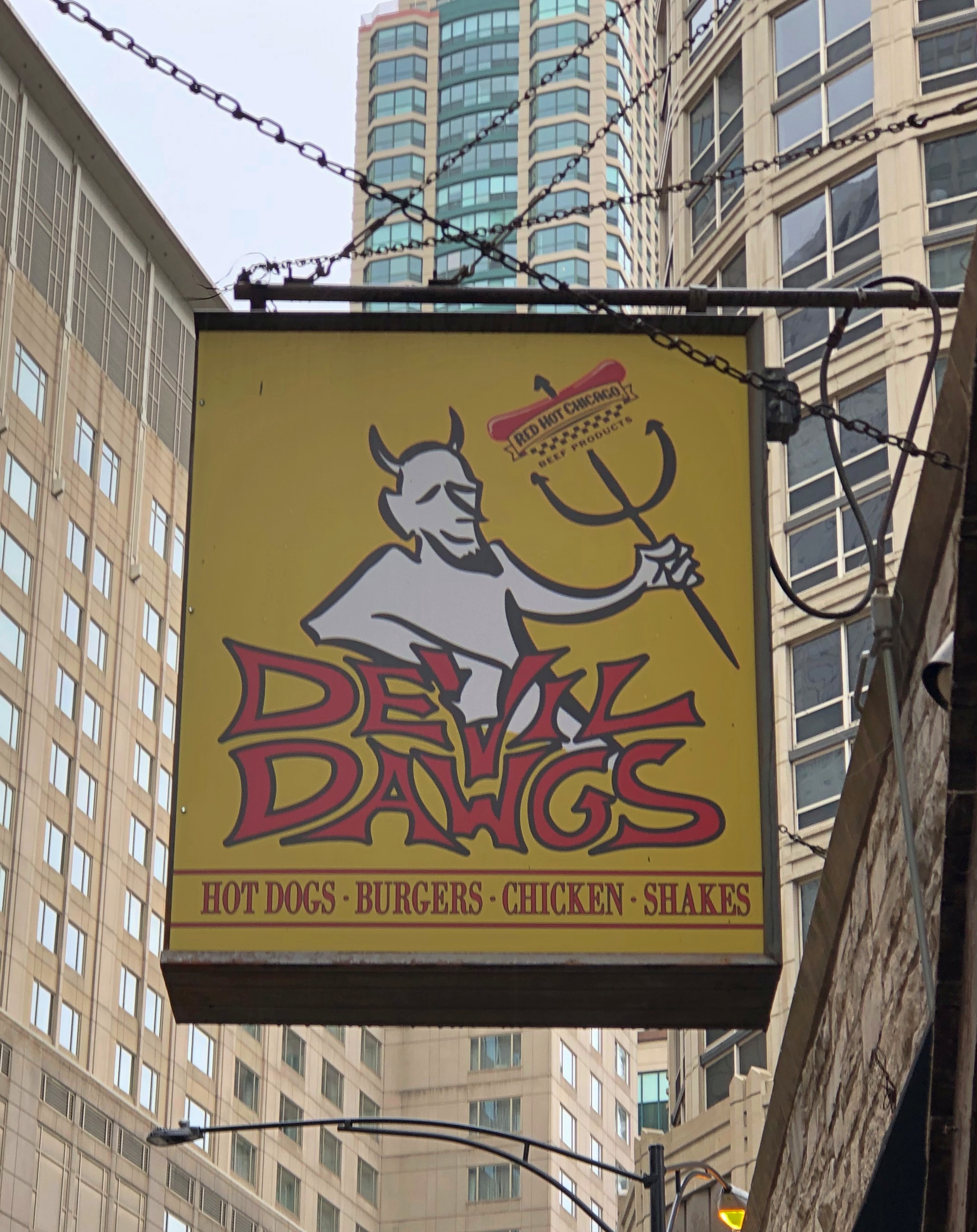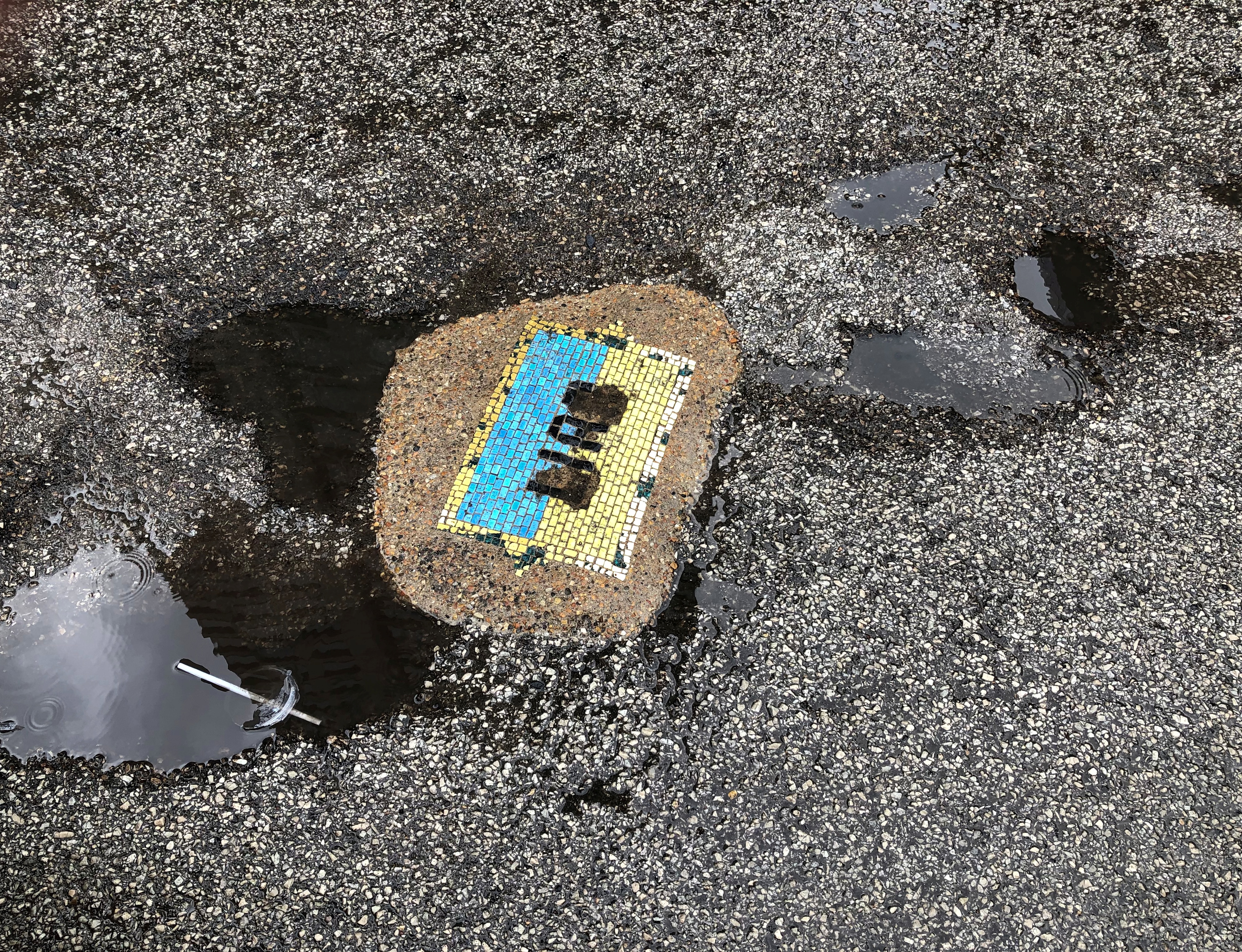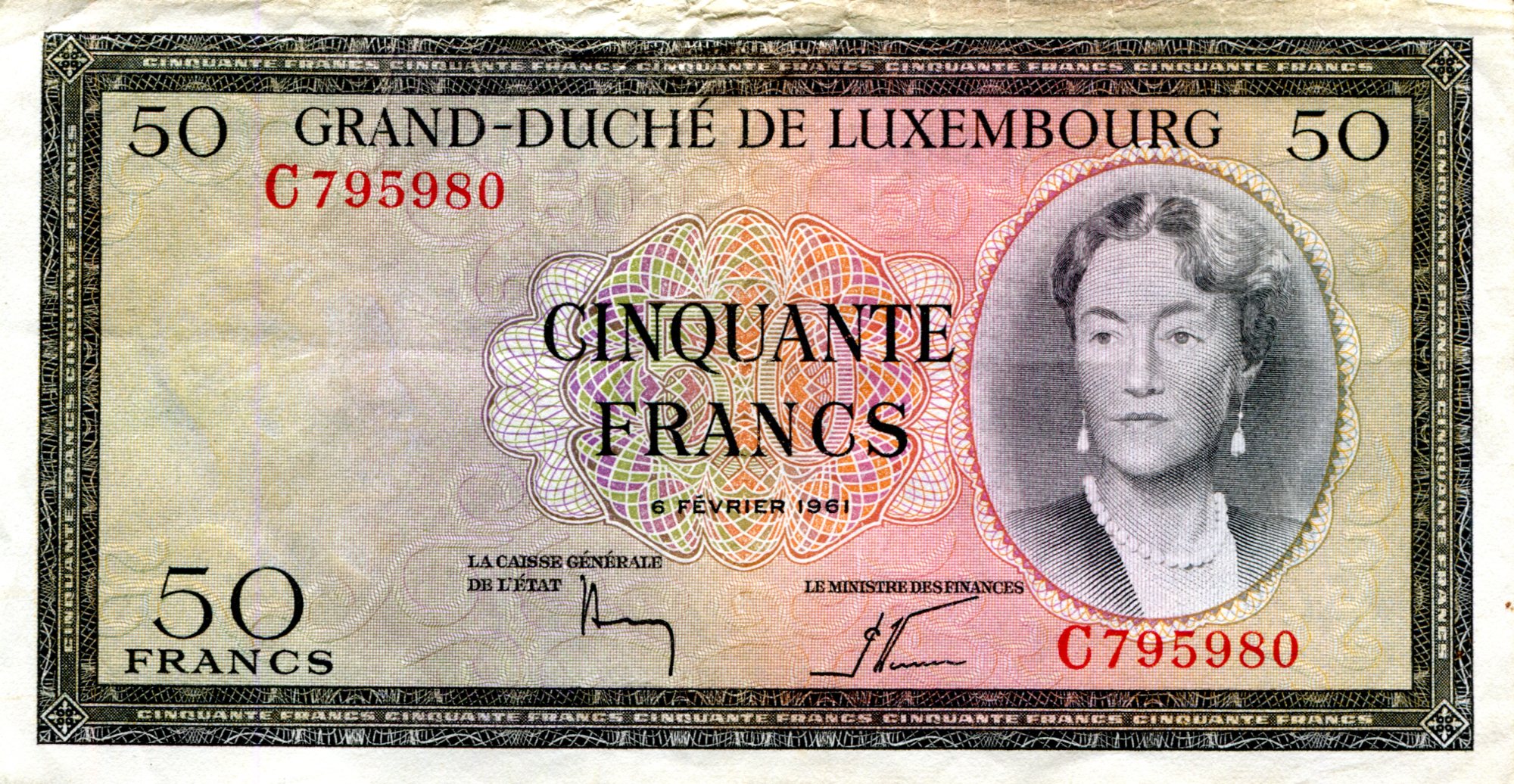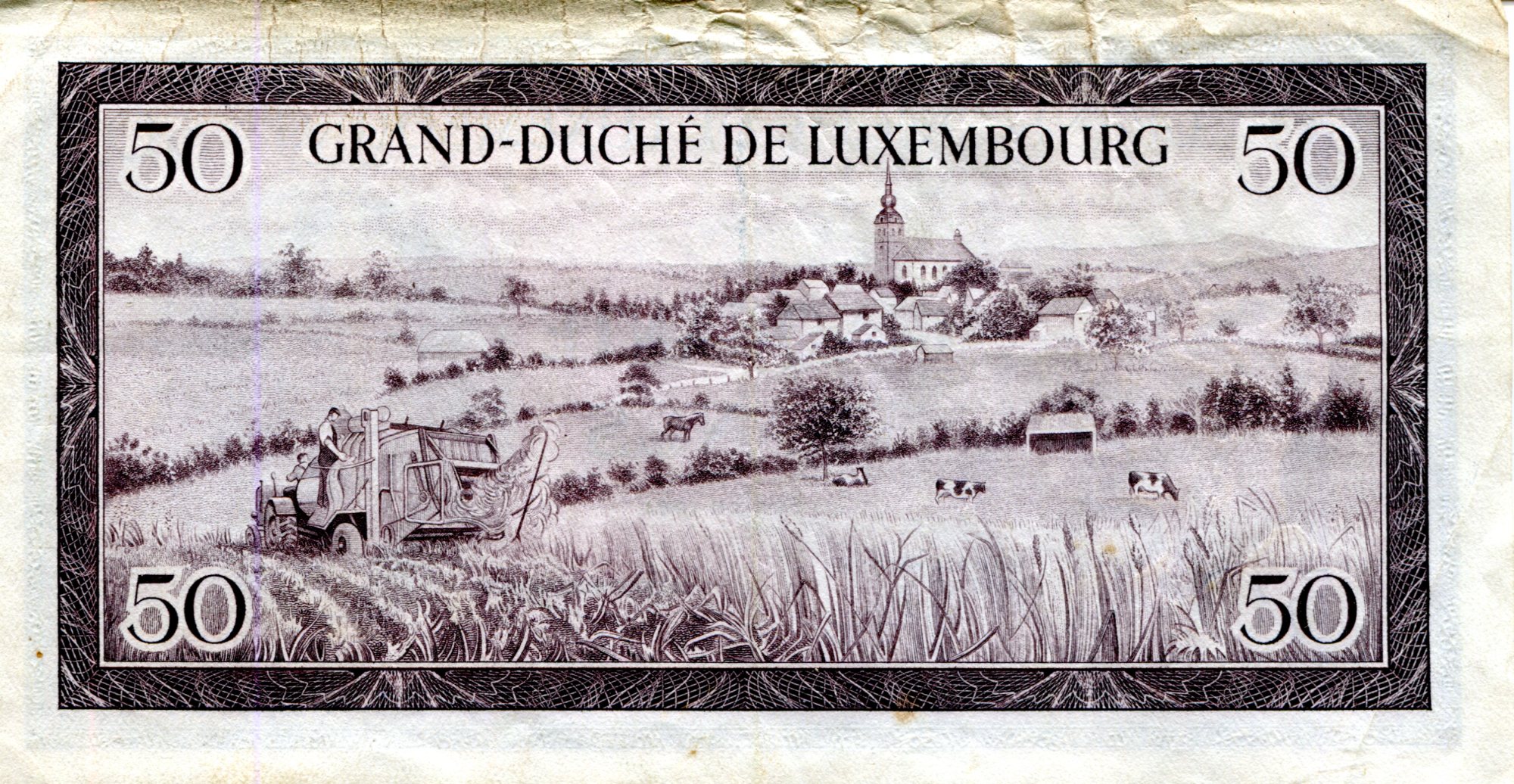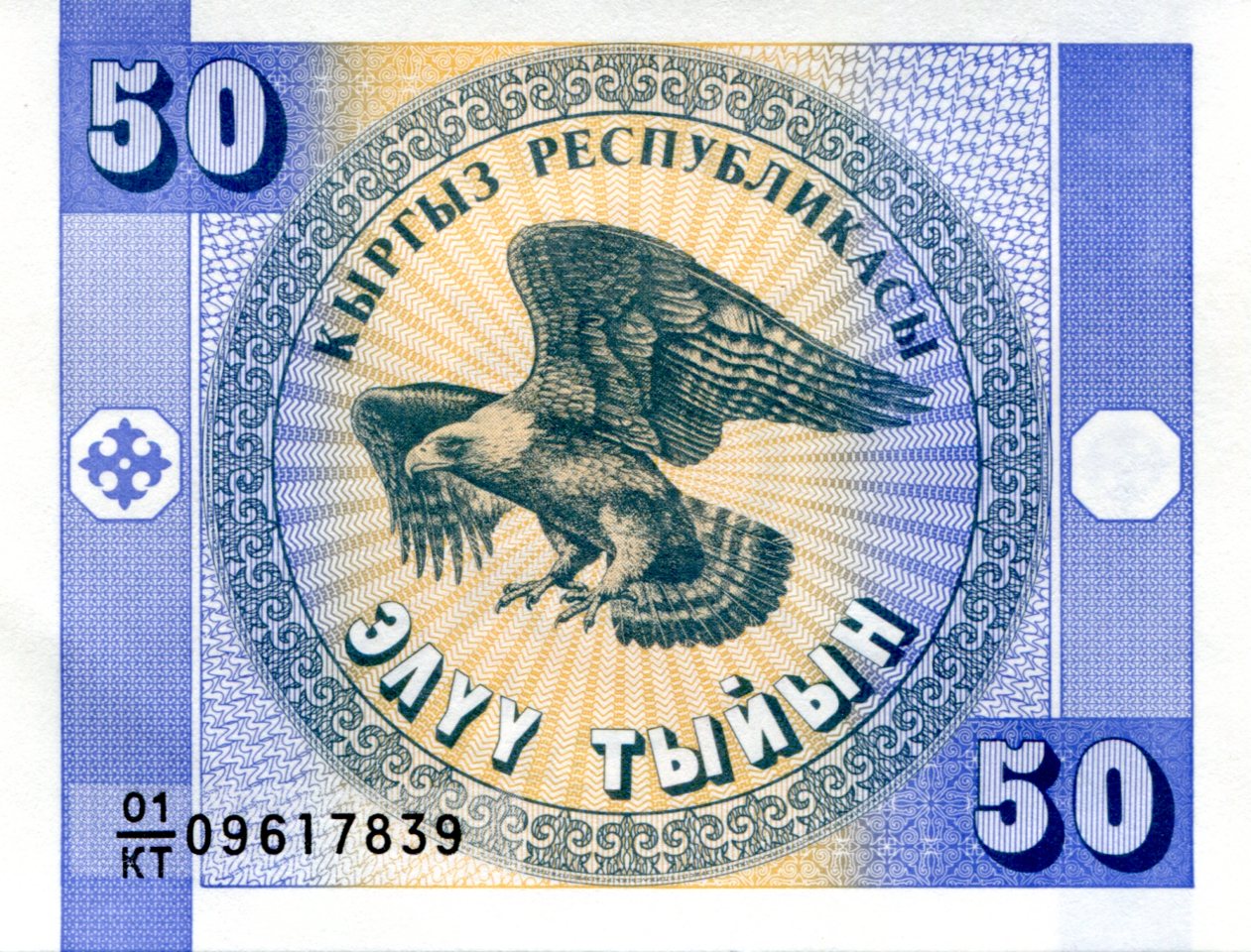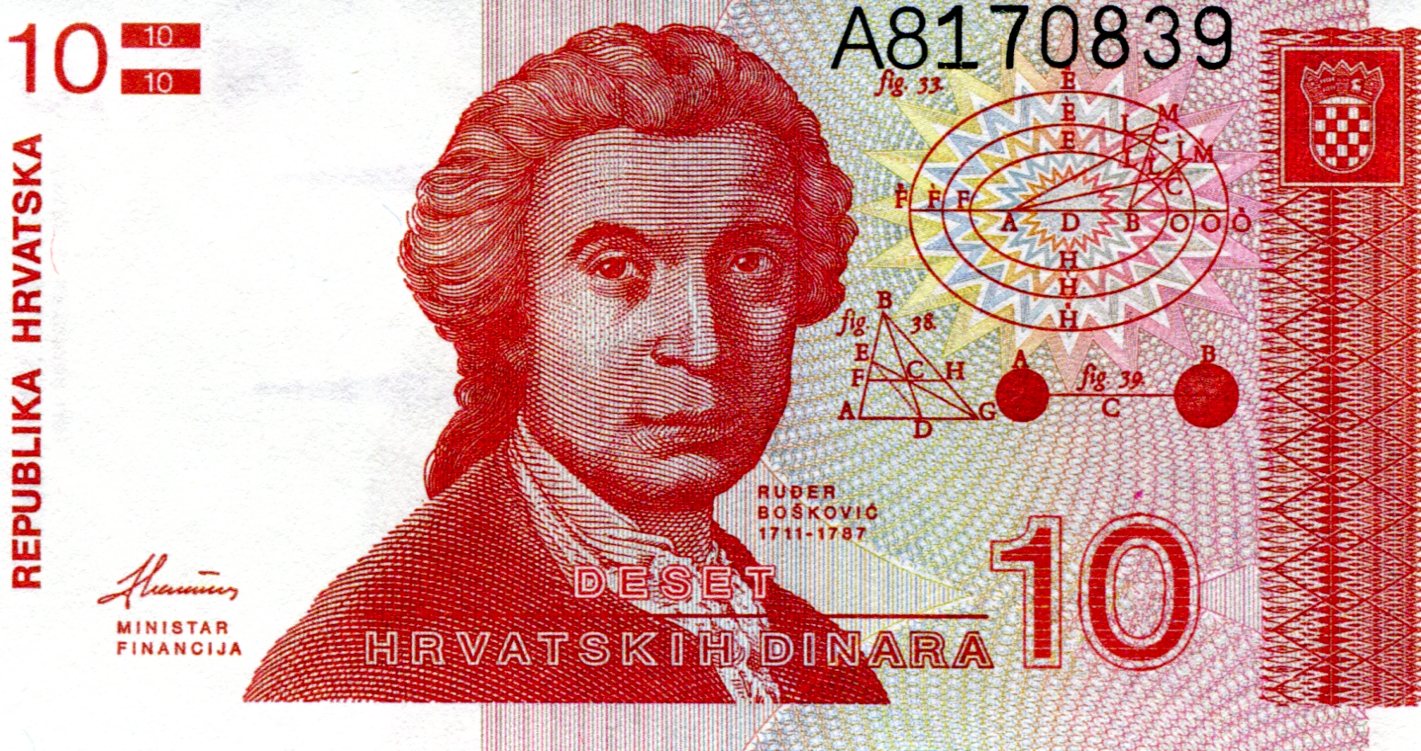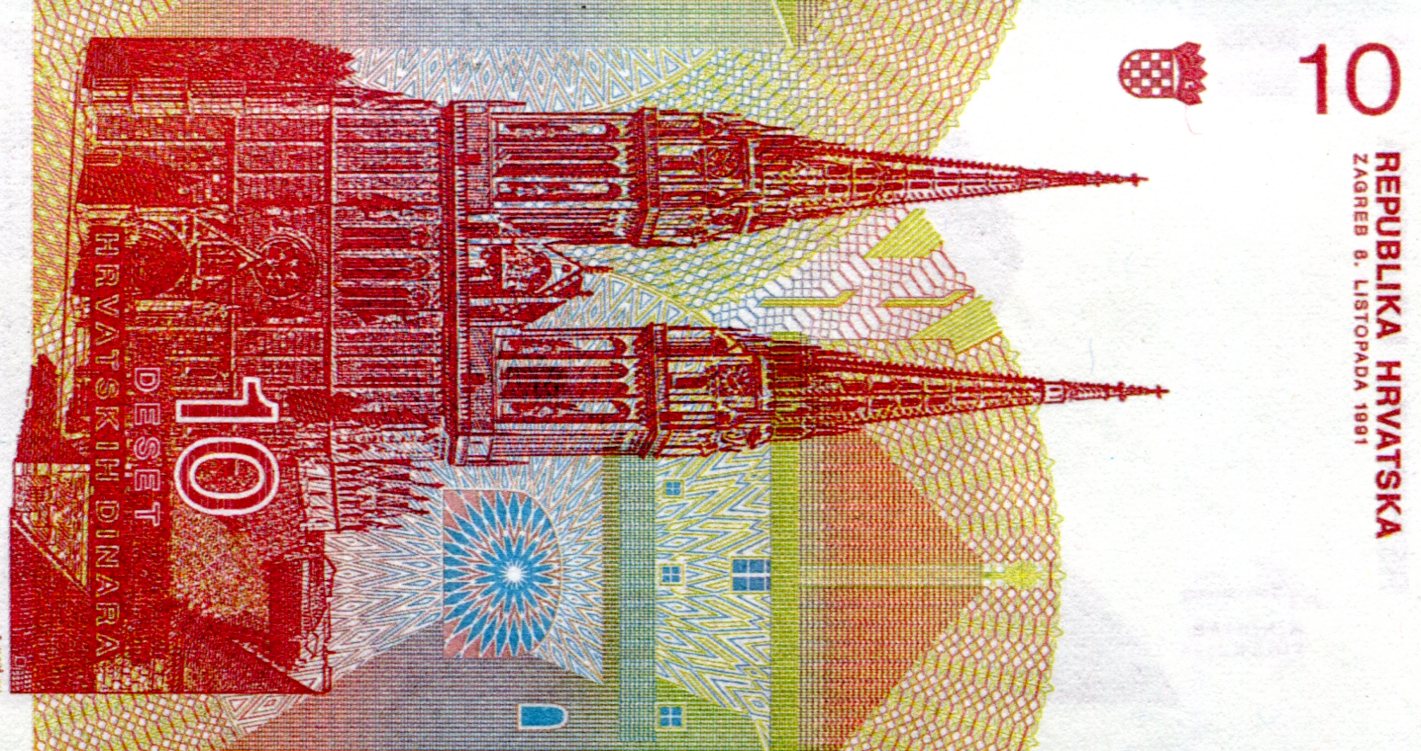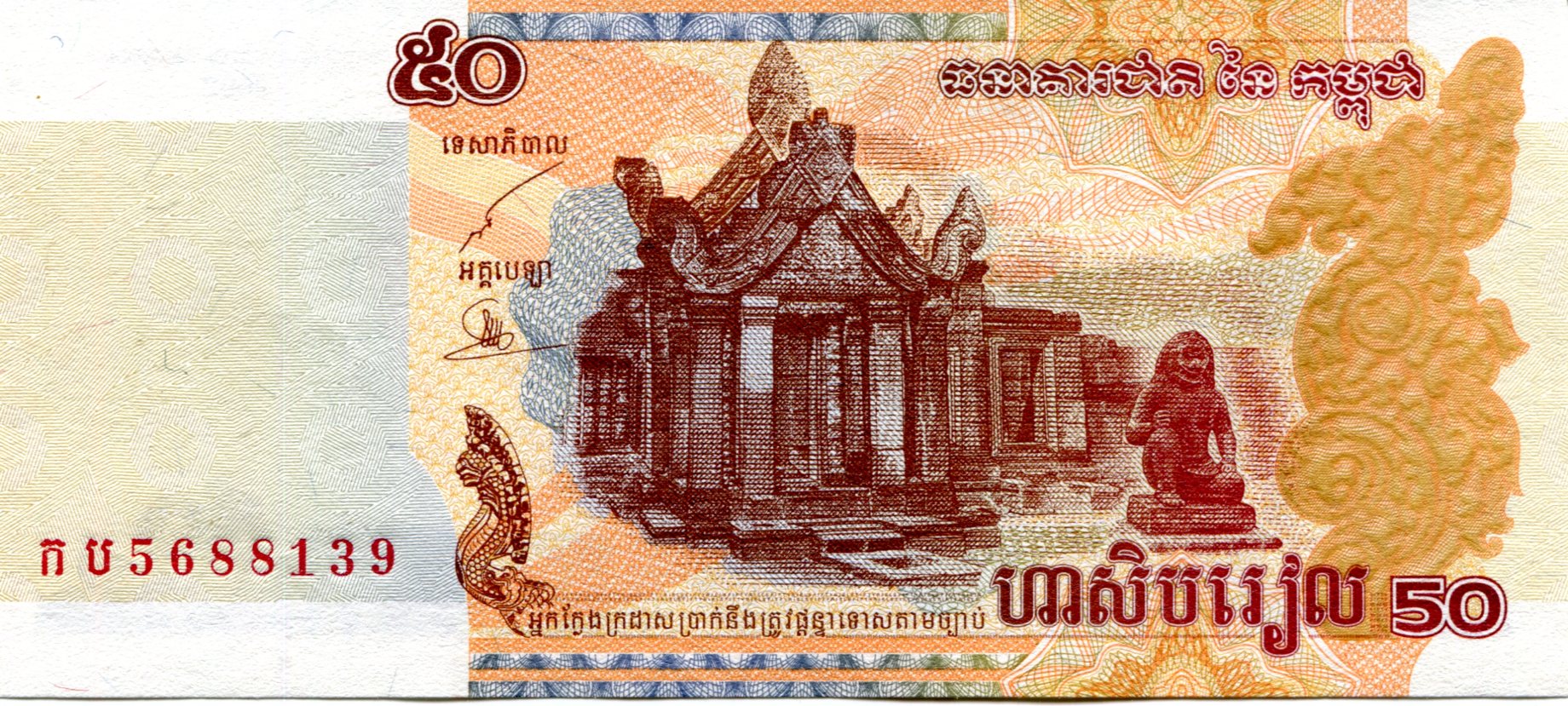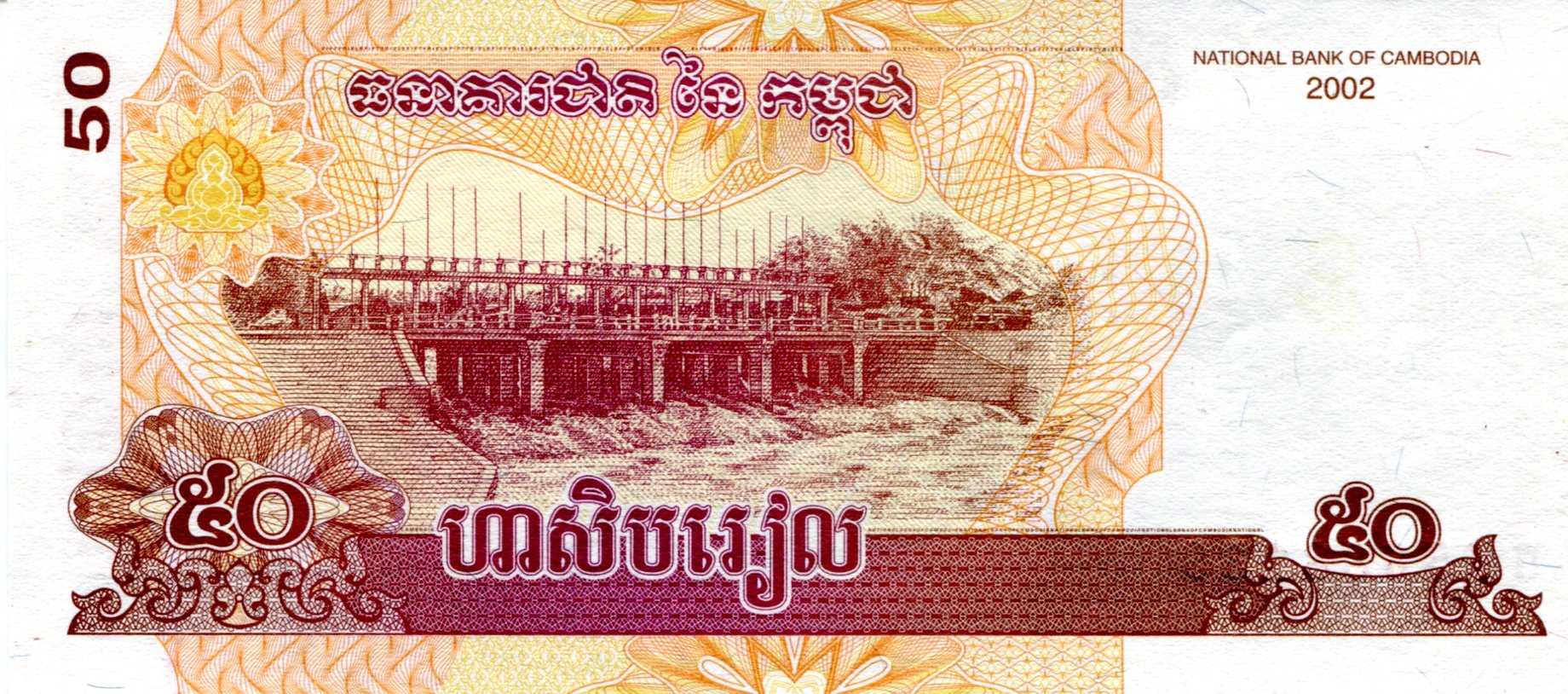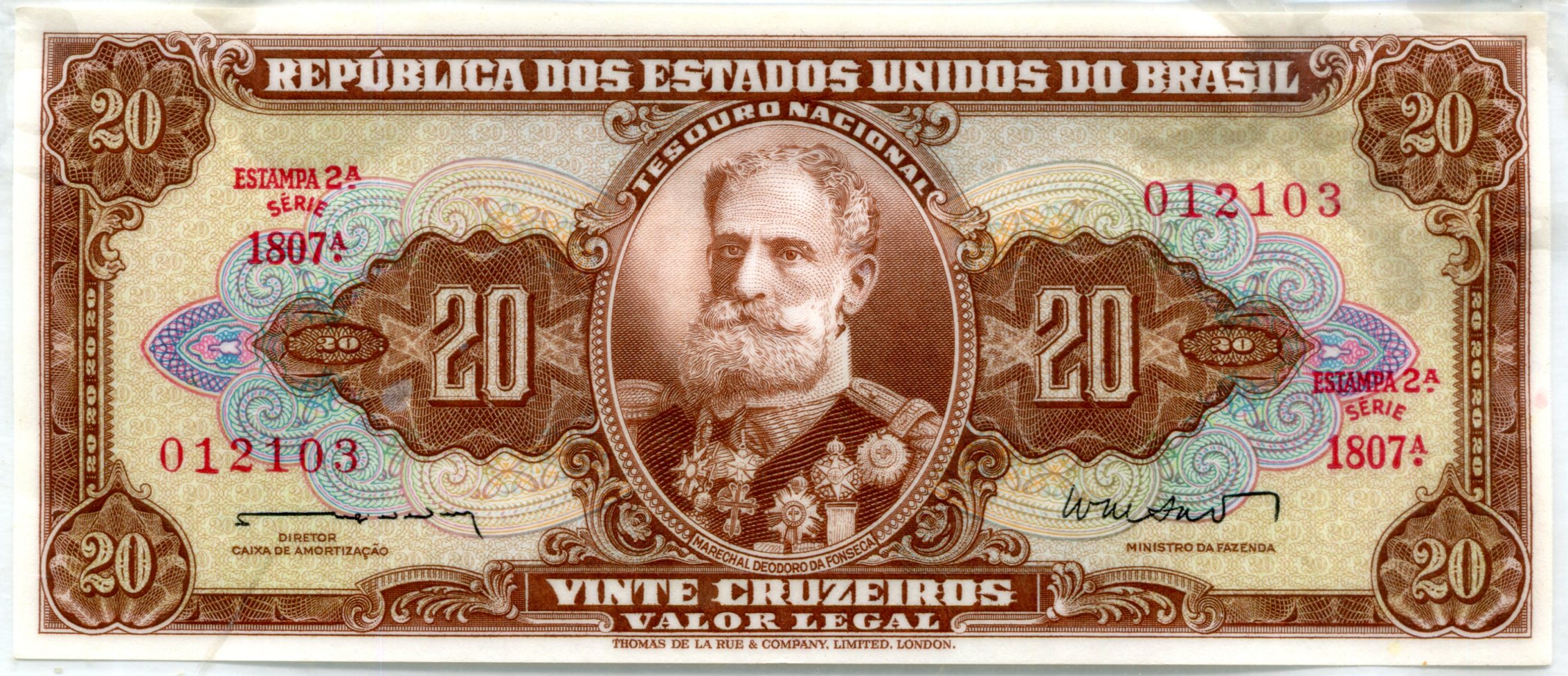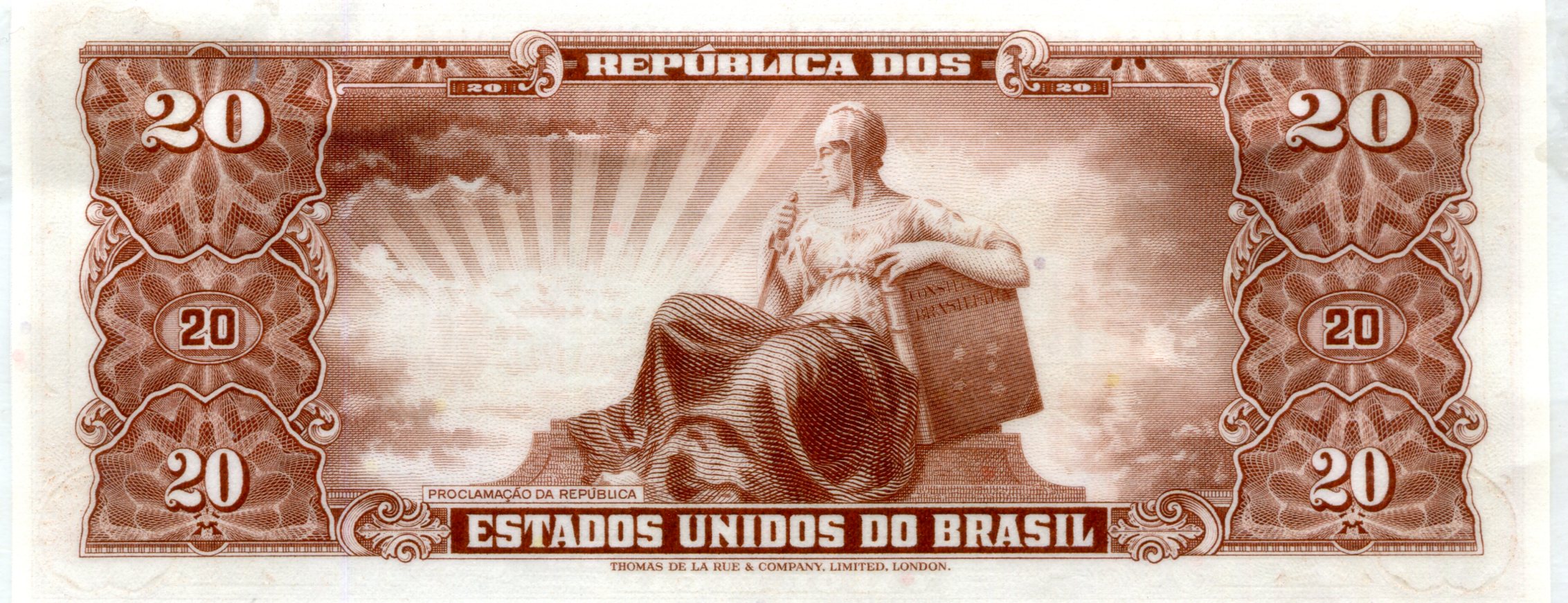When I had something else to do the other day, naturally I decided it was time to find out where this banknote was from.
I’m assuming that’s the obverse. I’ve had it for a while, obtained as part of a package of banknotes from around the world that I bought for a modest sum a few years ago. They’re all of modest value. In many cases, as modest as possible: zero. This is one of those.
The first thing to look up were the nations that use Cyrillic, so I did. Then the flag threw me off, since I took it to be the Hungarian flag. Except Hungarians don’t use Cyrillic. Could there be some quasi-Hungarian entity somewhere that does?
No. Closer examination of the flag – and it is much harder to see with your eye than the scan – revealed a small gold crown topped by stars in the while middle bar. That proved to be the key. Tajikistan’s flag looks like that, so from there I took a quick look at that country’s currency.
These days, Tajikistan’s currency is the somoni, named in honor of Ismoil Somoni, a ninth-century (849-907) potentate of the region I previously knew nothing about.
He isn’t forgotten in Tajikistan. To quote Wiki: “With the end of Soviet rule in Tajikistan, Ismail’s legacy was rehabilitated by the new Tajik state. He is depicted on the SM 100 banknote. Also, the highest mountain in Tajikistan (and in the former Soviet Union) was renamed after Ismail. The mountain was formerly known as Stalin Peak and Communism Peak but was subsequently changed to the Ismoil Somoni Peak.”
So that’s what happened to Communism Peak. I’m sure I learned that was the highest mountain in the Soviet Union years ago – and that it had been Stalin Peak for a while – but hadn’t thought about it since.
The table of recent Tajikistani currency shows that I don’t have a 20 somoni note, because those weren’t issued until 2000. For a few years before that, however, the country used the Tajikistan ruble. That’s what I have.
The building under the flag is the Majlisi Oli, where the parliament of Tajikistan meets, for what it’s worth. Which probably isn’t much, considering that the nation’s strongman, Emomali Rakhmon, née Emomali Sharipovich Rahmonov, runs elections essentially the same way as in the Tajik SSR, to his president-for-life benefit. He apparently runs the country with a dash – more than a dash – of a cult of personality, too. I’m a little surprised he isn’t on the money.
“Poems were read in his honor in parliament, and the state media often compares him to the sun,” Deutsche Welle reports. “All around Tajikistan, posters with pictures and sayings of Rakhmon have been put up. In public, each person must address Rakhmon as Chanobi Oli, or ‘Your Excellency.’ “
